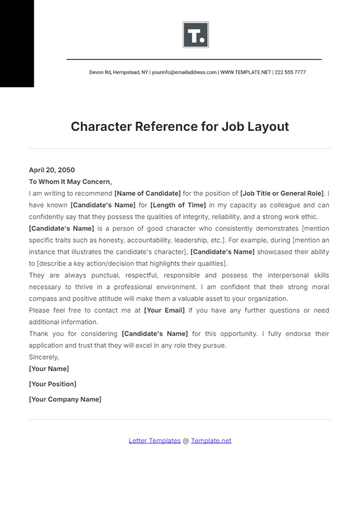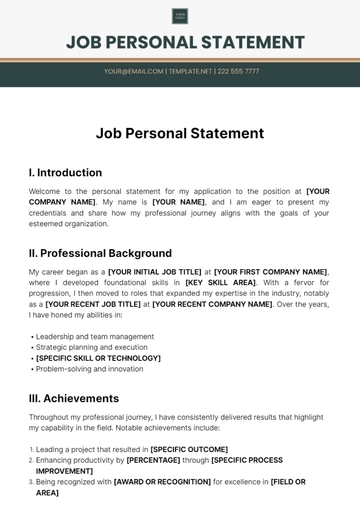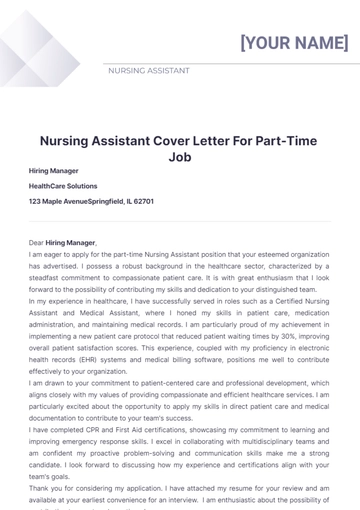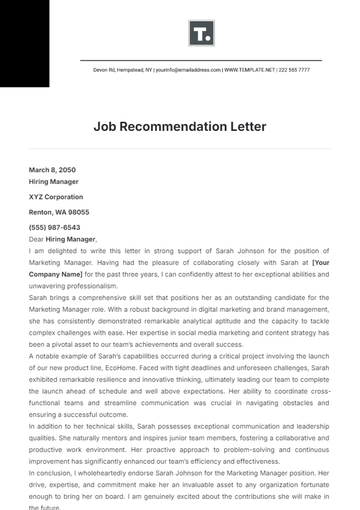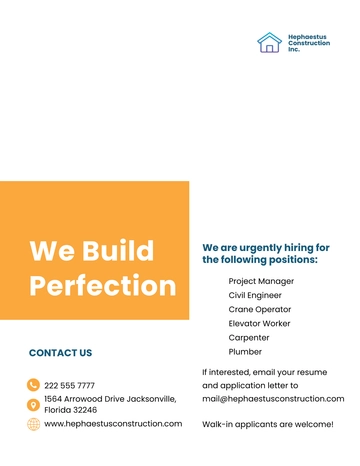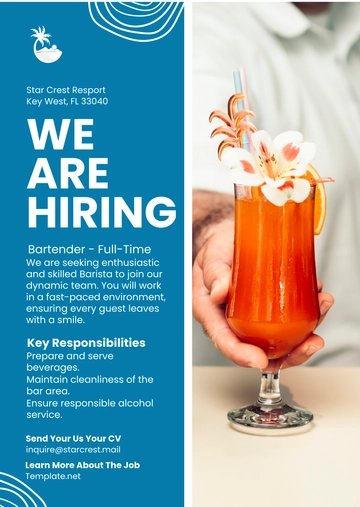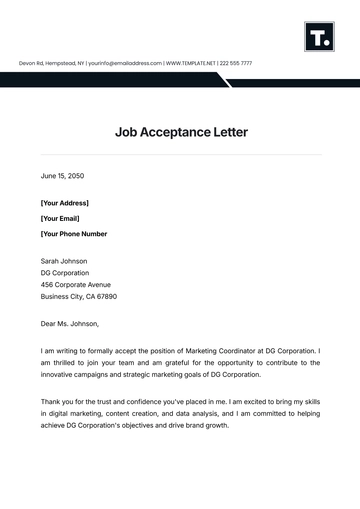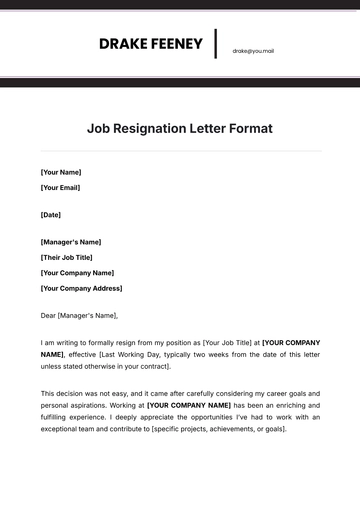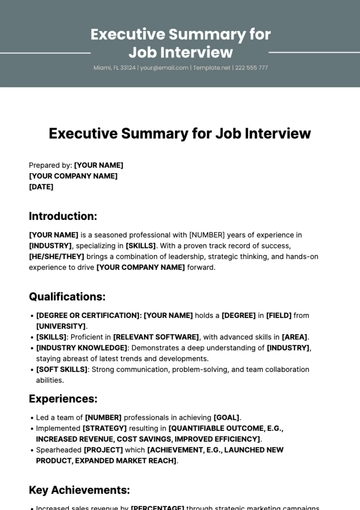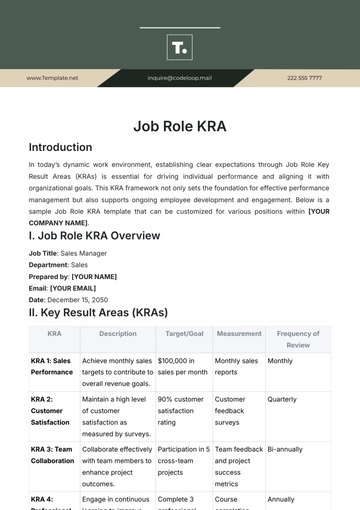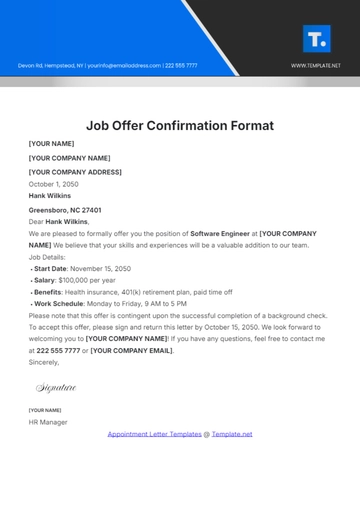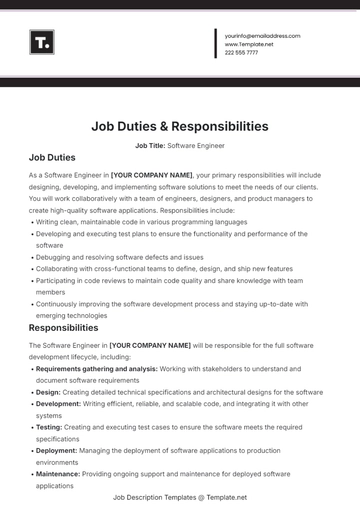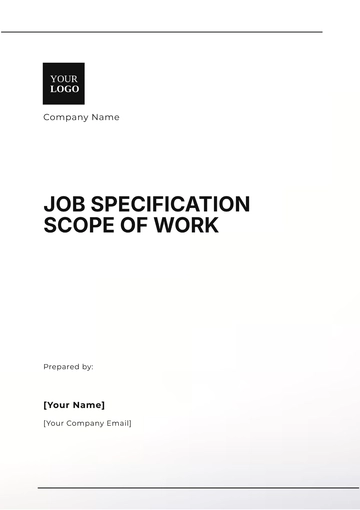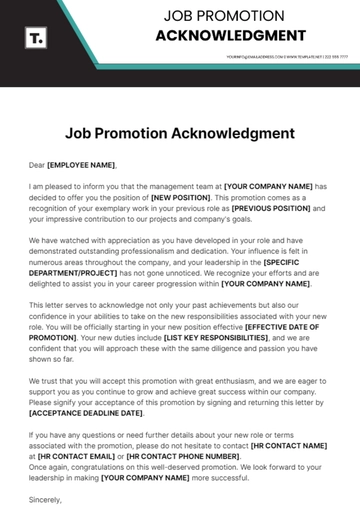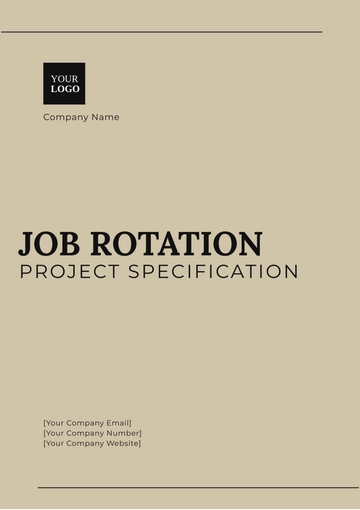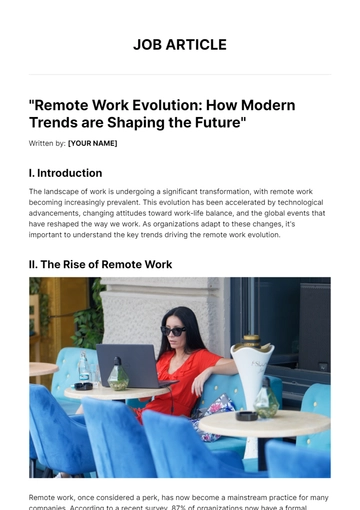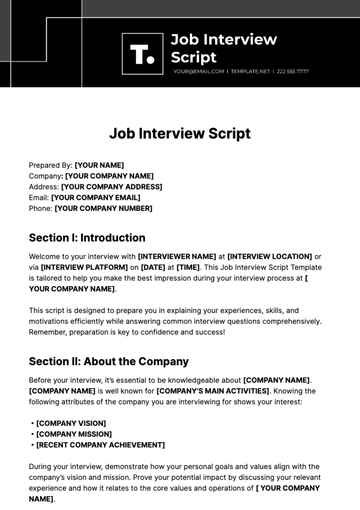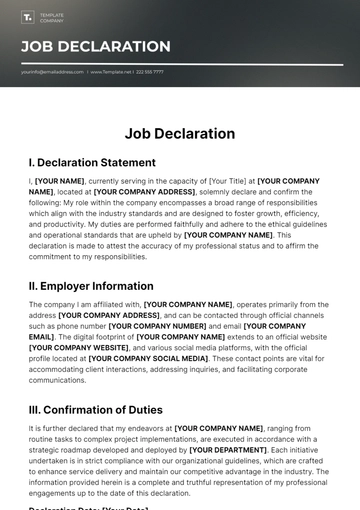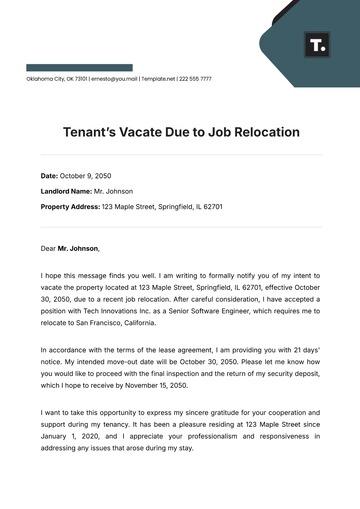Job Interview Case Study
I. Introduction:
Welcome to the Job Interview Case Study, designed to showcase your problem-solving skills, critical thinking abilities, and relevant experiences through the analysis of a real-world business scenario. In this case study, you will tackle a strategic market expansion challenge and present your approach to solving the problem and the outcomes achieved.
II. Scenario:
You are a candidate for a senior management position at a multinational retail corporation, tasked with leading the company's expansion into a new international market. The company has identified the Target Market with significant growth potential for its products and services. However, entering a new market presents various challenges, including cultural differences, regulatory requirements, and competition from local and global players.
III. Objective:
Your task is to develop a comprehensive strategy for entering the Target market, outlining key steps, considerations, and potential risks involved in the expansion process. Your strategy should demonstrate a deep understanding of the market dynamics, consumer preferences, and competitive landscape.
IV. Approach:
Market Research: Conduct thorough market research to understand the target retail landscape, including consumer behavior, purchasing patterns, and preferences. Analyze demographic data, economic indicators, and industry trends to identify opportunities and challenges.
Competitive Analysis: Assess the competitive landscape of the target market, including both local and global competitors. Identify key competitors, their market share, strengths, weaknesses, and strategies. Determine how your company can differentiate itself and gain a competitive advantage.
Regulatory Compliance: Familiarize yourself with the regulatory environment in the target market, including foreign investment regulations, import/export laws, taxation policies, and labor laws. Ensure compliance with all applicable regulations and obtain necessary permits and licenses for operating in the country.
Cultural Adaptation: Understand the cultural nuances and social customs in the target market to tailor your products, marketing strategies, and business practices accordingly. Adapt your branding, messaging, and customer engagement strategies to resonate with the local population and build trust.
Partnership Development: Explore potential partnerships with local businesses, suppliers, distributors, and government agencies to facilitate market entry and expansion. Establish strategic alliances that provide access to distribution networks, local expertise, and market insights.
Market Entry Strategy: Develop a phased approach to market entry, starting with a pilot launch or test market to gauge consumer response and refine your strategy. Determine the most suitable entry mode, such as franchising, joint ventures, acquisitions, or organic growth, based on market conditions and business objectives.
V. Outcomes:
Market Entry Success: Through diligent market research and strategic planning, the company successfully enters the target market and establishes a strong presence.
Competitive Advantage: By differentiating itself from competitors and leveraging local partnerships, the company gains a competitive advantage and captures market share.
Regulatory Compliance: The company navigates the regulatory landscape effectively, ensuring compliance with all legal requirements and minimizing regulatory risks.
Cultural Relevance: Tailored marketing strategies and culturally sensitive approaches resonate with Indian consumers, driving brand engagement and loyalty.
Partnership Success: Strategic partnerships with local businesses and distributors contribute to successful market entry and expansion, providing access to distribution networks and local market knowledge.
VI. Conclusion:
In conclusion, the strategic market expansion into the target market represents a significant opportunity for the company to drive growth and increase profitability. By following a systematic approach to market entry, including thorough research, competitive analysis, regulatory compliance, cultural adaptation, partnership development, and strategic planning, the company can successfully navigate the complexities of the target market and achieve its business objectives.
This case study demonstrates your ability to analyze complex business challenges, develop actionable strategies, and deliver successful outcomes in a dynamic and competitive global market environment.
VII. Appendix
This concise appendix provides essential supplementary information and documentation supporting the strategic market expansion into India, aiding stakeholders in understanding the proposed strategies and their potential success.
Market Research Summary:
Demographic data, economic indicators, and industry trends in the target retail market.
Insights into consumer behavior, purchasing patterns, and preferences.
Competitive Analysis Report:
Key competitors' market share, strengths, weaknesses, and strategies.
Comparison of offerings, pricing, and marketing tactics.
Regulatory Compliance Checklist:
Requirements for foreign investment, import/export, taxation, and labor laws.
Documentation of permits, licenses, and approvals obtained.
Cultural Adaptation Strategies:
Approaches to align branding, messaging, and customer engagement with the target market cultural norms.
Examples of successful cultural adaptation initiatives.
Partnership Development Plan:
List of potential partners, suppliers, distributors, and government agencies.
Overview of partnership agreements and collaboration strategies.
Market Entry Strategy Document:
A phased approach to entry, including pilot launch and expansion strategies.
Budget estimates, timelines, and resource allocation.
Prepared By:
[YOUR NAME]
[YOUR POSITION]
[YOUR COMPANY NAME]
Contact Information:
[Your Company Email]
[Your Company Number]
[Your Company Website]
[Your Company Address]
Case Study Templates @ Template.net


